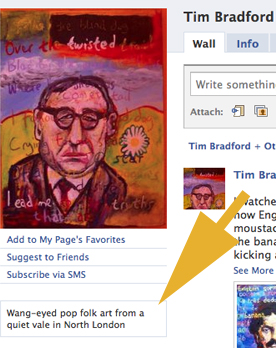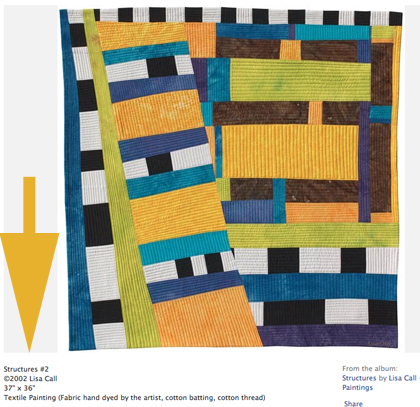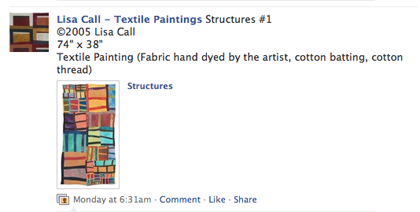image by Merida Hideaway
Since 2007 I have participated in Blog Action Day. It’s a worthwhile cause that brings attention to some of the world’s most important issues.
One of the most powerful things about Art is its ability to rouse people to take action. Art, quite literally, saves lives. The Theatre saved my life in high school by giving me a place to go and something to direct my attention toward. For the first time in my life, I was doing something that inspired and amused other people.
Earlier this week I was listening to National Public Radio and Richard Holbrooke, a US envoy in Afghanistan and Pakistan talked about the fact that 20 million people in Pakistan are without water. On top of that, of course, are the millions in Africa and Southeast Asia without potable water.
Blog Action Day this year happens on October 15th and the topic is Water.
What is Blog Action Day?
A day when bloggers everywhere write about a particular topic in order to draw attention to it. Last year thousands of bloggers, including the world’s leading nonprofits and the UK Prime Minister Gordon Brown joined the conversation.
Here’s my challenge to you:
Turn Blog Action Day to Art Action Day
On or before October 15, will you create a piece of art with the theme of water and post that art to your blog, linking back to http://blogactionday.change.org? If you’ll send me a link to your site or link back to this post, I’ll be sure to send a link back to your piece of art related to Water.
On October 15th, I will put up a blog post listing all of the art related to Blog Action Day.
I can’t wait to see what’s created. If you have any suggestions for how we can make Blog Art Action Day better, let me know in the comments or in an email.
Share and Enjoy:























































































.jpg)








